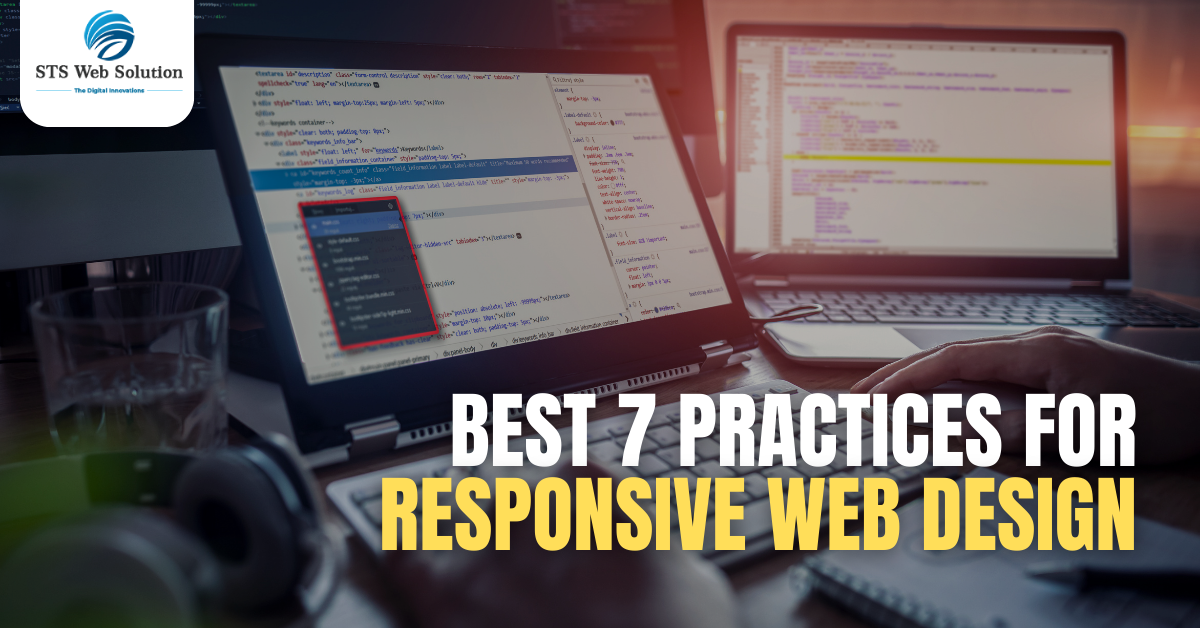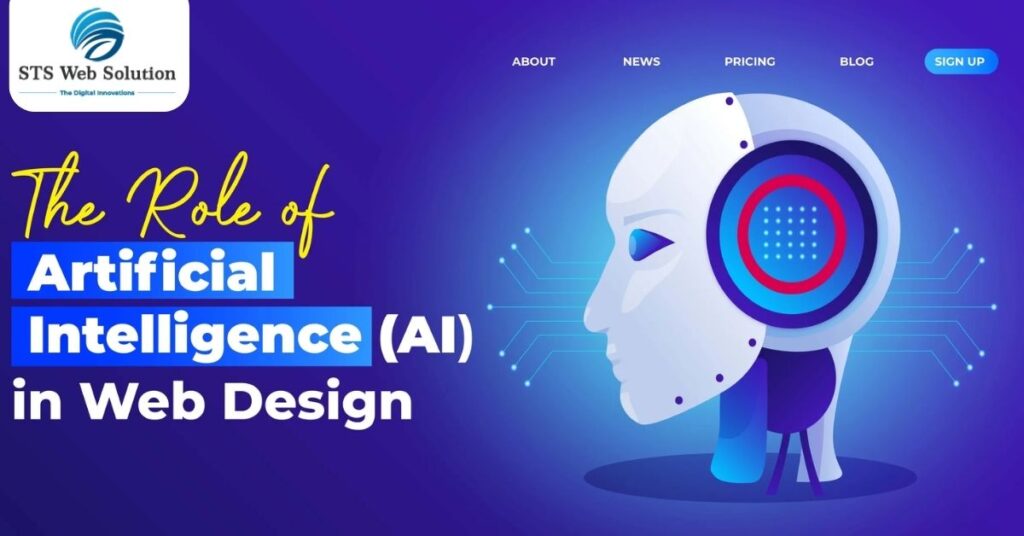In today’s digital age, where users access websites across a multitude of devices & screen sizes, Responsive Web Design has become a necessity. Responsive design allows websites to adapt and provide optimal viewing experiences, regardless of the device being used. This blog post will explore the best 7 practices for responsive web design, focusing on techniques that ensure you a seamless user experience across all devices.
1. Mobile-First Approach
Adopting a mobile-first approach means designing and developing your website with mobile devices as the primary focus. This approach acknowledges the increasing prevalence of mobile usage and ensures that your website provides a seamless experience on smaller screens. You can identify and prioritize the most critical content and features users need by prioritizing mobile design. This approach also helps streamline the design process for larger screens, as you can progressively enhance the layout and add more complex features as the screen size increases.
2. Fluid Grid Systems
A fluid grid system is a fundamental aspect of Responsive Web Design. Instead of using fixed pixel values for defining widths, heights, and margins, you use relative units like percentages or ems. This allows the layout to adapt and scale proportionally based on the screen size. A fluid grid ensures that your website’s elements adjust and reflow gracefully to fit different screen dimensions. It helps maintain consistency and balance across devices, preventing content from appearing too cramped or overly spacious.
3. Media Queries
Media queries are CSS techniques used to apply specific styles based on the characteristics of the user’s device. They allow you to define breakpoints at which your layout will change to accommodate different screen sizes. By using media queries effectively, you can create responsive designs that adapt fluidly to various devices. For example, you can adjust font sizes, alter column layouts, hide or display certain elements, or modify the overall styling to optimize the user experience for each screen size.
4. Flexible Images and Media
Images and media elements can pose challenges in responsive design if improperly handled. Use CSS techniques such as max-width: 100% to ensure they scale and adapt well. This property ensures that images and media remain within their parent containers and scale proportionally to fit the available space. This prevents them from overflowing, distorting the layout, or requiring users to scroll horizontally. Additionally, consider using responsive images that load different image sizes based on the user’s screen size and bandwidth to further optimize performance.
5. Touch-Friendly Interactions
As touchscreens dominate mobile devices, making your website’s interactive elements touch-friendly is crucial. Ensure that buttons, links, and other interactive elements have sufficient spacing around them to avoid accidental taps. This spacing, known as “touch target size,” helps users interact with your website more accurately and reduces frustration. Additionally, use CSS properties like hover and active to provide visual feedback when users tap or interact with elements on touchscreens. Consider incorporating gestures and swipeable components to enhance the user experience on touch-enabled devices.
6. Performance Optimization
Responsive web design should not come at the expense of performance. Users expect fast-loading websites across all devices. To optimize performance, compress and optimize images to reduce their file size without significant loss in quality. Use tools like image compression algorithms and responsive image techniques to deliver the appropriate image size based on the user’s device. Minify CSS and JavaScript files to reduce their file sizes and leverage browser caching to store static assets, such as stylesheets and scripts, on the user’s device for faster subsequent page loads. By optimizing performance, you provide users with a smooth and efficient browsing experience.
7. Usability Testing
Usability testing is an analytical step in ensuring a seamless user experience. It involves testing your website on different devices and screen sizes to identify any layout or functionality issues. Conduct tests on smartphones, tablets, laptops, and desktops to simulate how users interact with your site in various contexts. Look for any design elements that may not display correctly, navigation menus that are challenging to use, or any other usability concerns. Solicit feedback from real users and make iterative improvements based on their experiences. Continuous testing and refinement help you fine-tune your responsive design and deliver a consistently great user experience.
Conclusion
Implementing best practices for responsive web design is essential for ensuring a seamless user experience across devices. With STS Web Solution, you can create websites prioritizing mobile design, utilizing fluid grids and media queries, and optimizing performance. By following a mobile-first approach, STS Web Solution ensures that your website caters to users’ needs on smaller screens. Implementing flexible images and touch-friendly interactions enhances usability, while performance optimization techniques guarantee fast loading times. With thorough usability testing, STS Web Solution ensures that your website delivers a consistently exceptional experience, allowing your brand to make a lasting impact in the digital realm.






